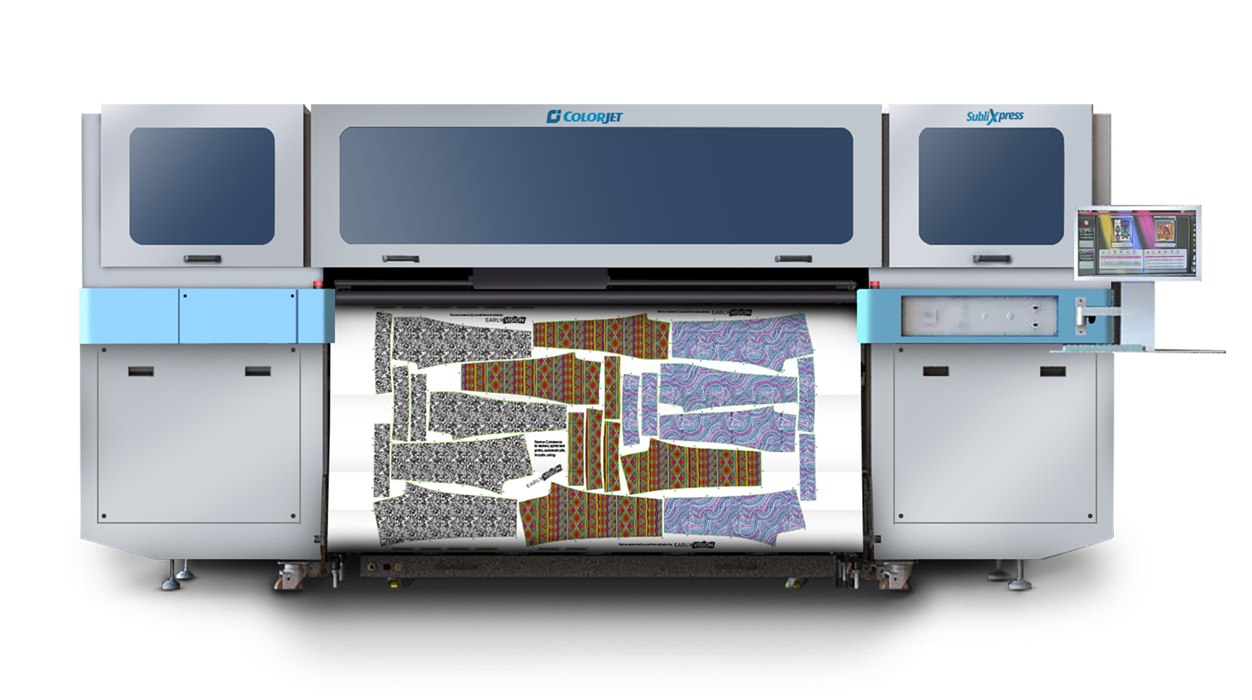The Sublimation printer is probably one of the most popular printers in the market today. This printer has been around for many years and can be found in just about every office setting. The main goal of these printers is to create color prints by applying an image or graphic onto a transparent substrate. There are three common methods used to accomplish this task. These methods include the screen, ink ribbon, and the sublimation print head. The latter is considered to be the most economical choice and is preferred when high quality images and text are needed.
Most of us may remember having to wear white t-shirts with dot printed words on them. It is possible to create the same effect with sublimation printers. Basically, the printer will heat an image or graphic that is printed on a substrate that is transparent. The printer applies pressure to this printed substrate and the image or graphic is then imprinted directly onto the surface of the paper.
There are many reasons why this type of printer is popular. One reason is that the process is easy to learn and use. The process only requires an operator to set up the printer, apply the ink, select a printing format, and then place the image onto the appropriate sublimation paper. The operator then simply removes the printed image from the printer and can simply place it on top of the correct area of sublimation film and do the rest of the printing. All that is required is to repeat the process until the needed area is covered.
These printers are ideal for individuals who need to get an order out the door quickly. Most people choose this type of printing process because it is more cost efficient and takes less time to produce the final product. For example, if you need to order mugs for employees and customers, you would not want to have the employees write out a list of the items they need in large quantities. If you have a company picnic, the process would be much simpler, and you could save money on food as well as printing the needed pictures and logos. In the case of mugs, you would probably not have enough stock to go around for every employee and it does take time to print each one.
The sublimation technology used by most printers works on the principle of a two-phased printing process work. The first phase of the process occurs when the liquid coating is applied on the outside of the image. This coating will remain on the surface of the image for as long as the image is passed through the nozzle. The second phase of the process occurs when the liquid is allowed to dry at a very high pressure. This causes the coating to evaporate and the image to be transferred to the sublimation chamber below. The sublimation printer uses a chemical reaction with the liquid to form an image that is then printed on the surface of the t-shirt or other material.
The sublimation printer has a number of advantages over the more common heat press. First, the sublimation printer can work in a variety of conditions where heat transfer paper cannot. For example, it can be used to create photographic images on photographic paper without the heat transfer paper becoming part of the image. Also, with this type of printer the ink becomes part of the image, rather than being printed on a surface. The ink therefore remains on the image while the heat-sensitive plastic continues to cool, thereby preventing the heat transfer paper from becoming part of the picture.
Sublimation printers are especially suited to garment decoration because they can create complex patterns and images. These printers can also work well to create different kinds of textures, including embossed laces. It has been recently discovered that garment decoration can be completed using this type of technology. This allows designers to not only create beautiful images that can be used to print on garments, but also to design intricate patterns. This can be used to enhance both the look and feel of the garments.
Substrate based printers use dye sublimation to deposit dye onto a substrate. A dye is typically a very thick and viscous material, such as polyester or vinyl. These types of printers are capable of producing excellent quality dye sublimation prints that are very vibrant in color. However, it is important to make sure that the printer can heat the dye sublimate without overheating the substrate. If the printer cannot heat the dye to sublimatise, then the image will appear bluish in color.


